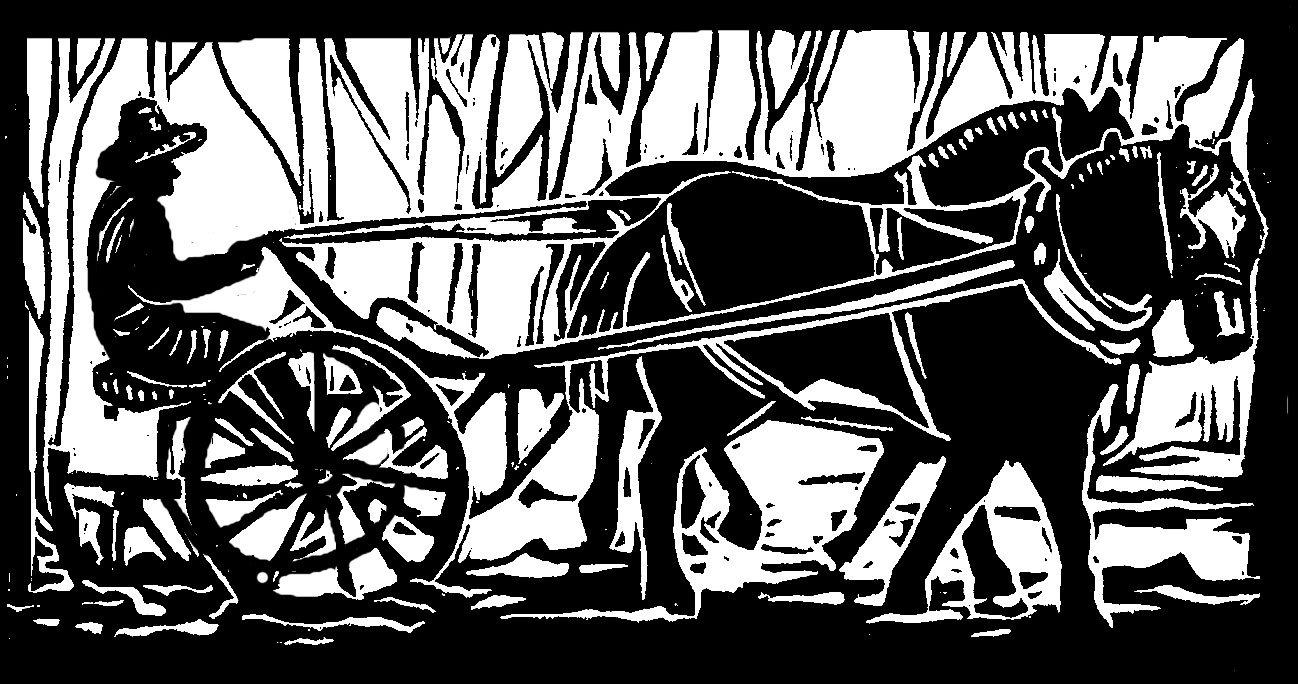There's a lot of craft to a compost pile: getting the right mix of ingredients, adding the layers properly, turning it at certain intervals, achieving the right temperature.
But what I love is the art of the compost pile, which has nothing much to do with the farmers' craft. We pile up the horse manure and the tired leaves from the outside edges of the lettuce or cabbage or spinach and the grass clippings and the apple mash from the cider press, and sometimes we cover it if it's too wet or uncover it when it's too dry. We even have a compost thermometer, and we barter vegetables for a neighbor to turn the pile once in a with a little tractor.
But the art: all that gunk miraculously turns itself into a beautiful pile of rich, dark compost.
So I am thinking of some other gunky things I'd like to add to the compost pile this year.
This year ties for our worst produce season ever, with the year we had three floods, and the year we had hail twice in July. A combination of rain and heavy rodent pressure meant that we lost roughly 2/3 of our broccoli crop, ½ of our beans. 2/3 of our beets, 2/3 of our carrots, ¼ of our onions, ½ of our cauliflower, ¼ of our peppers, 2/3 of our eggplant, ¼ of our kohlrabi, ½ of our salad turnips, more than half of our lettuce, and all of our peas, radicchio, endive, and escarole. We've always lost a little to weather and critters, voles, mice, woodchucks, rabbits, deer, but never in these quantities. (Never before have woodchucks chomped on zucchini and yellow squash!)
Huh. I'm going to put all that gunk right in the compost pile.
This year also ties for our worst hay season ever, with the year of hardly any rain and thus hardly any hay, and the year we put a lot of not-quite dry hay in because we had some willing labor and didn't want it to go away, so we picked up the hay too early. It was not a good idea. This year, of course, we couldn't seem to get any of our hay cut, and when we did, we couldn't get it to dry, and then, just as I was writing up my last column about our hay miseries, I heard my fellow come back down from the hayfield with the horses.
“You're done already?” I was pleasantly surprised.
“Yeah, we're done, really done,” he answered, which wasn't the kind of done I meant. It was the kind of done as in the mower was completely busted up, and there would be no more mowing this year. So the hay we got in the barn wasn't so good, but it is quite a bit better than the hay we didn't get in the barn.
Huh. I'm going to put that gunk right in the compost pile.
I don't even want to add my third thing, which is far more daunting: the loss in the last year and a half of three former or current CSA members due to COVID and other medical issues. We knew one as a teacher, one as a librarian, one as a farmer. We need all the teachers and librarians and farmers we can get, and we weren't ready to say goodbye to any of them. Then, just in the last month and a half, we lost two dear mentor/friends, two people who loved children and draft horses and farming, one of whom kissed me tenderly the last time I saw her, and the other of whom was wont to say, “Just spread my ashes on the manure pile.”
This made us laugh, even as we cried, and brings us right back to the compost, and to the hope that all our gunk turns into something rich and beautiful, fertile and abundant, for the next season, and the next and the next, here in this mysterious world.
Originally published in the Monadnock Shopper News, Oct 20 – Oct 26, 2021
